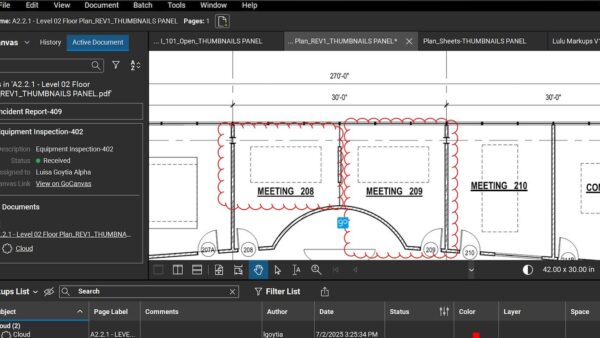Collaboration is key to the creation of a successful BIM Execution Plan says Nigel Davies, director of Evolve Consultancy.
I was reading a blog post recently that described the relationships between BIM Level 2 documents. It’s a noble thought and can be very helpful, but there comes a point when relationship diagrams look like they’ve been drawn by a drunk spider on ice, especially when you try to relate the plethora of UK BIM documents together.
Sing with me: the OIR’s connected to the AIR, the AIR’s connected to the EIR, the BASIR also informs the AIR, no, wait, the EIR’s connected to the BEP, and so is the MIDP… Not very catchy is it? Many of these documents are “background” work and, if you listen to the dissenters, are the client’s responsibility to prepare before BIM is even a glint in the facilities manager’s eye, without which, there can be no BIM Level 2.
Sometimes I think we (the UK) have made this so complex and complicated on purpose, so that anyone on the outside has no option but to look on in awe and wonderment, dreaming only of how they too might become an expert in this unobtainable nirvana.
The one document that should be the hub of all the relationships, which is used as the basis for defining the plan for how BIM is to be executed on any given project, is the aptly titled BIM Execution Plan. It is a collaborative response to the client’s requirements, ideally transparent, highlighting the capabilities and abilities of the teams, model delivery schedules and responsibilities.
Even in the absence of an Employer’s Information Requirements (EIR), the BEP can be used to define what the client will be receiving, when, and how the extended design and construction teams will deliver the key models, data and documents.
The BEP is one of the documents that benefits from a relatively clear definition in PAS1192-2, even down to a complete “contents list” in section 7.2. Provided the main headings and considerations have been outlined, preparing a BEP should be a fairly straightforward matter of filling in the blanks.
However, it seems that “collaboration” is a word that compels lip service only in the construction industry. For all the world-leading progress we’ve made preaching “the greater good”, the theoretical practice and implementation of BIM, the UK on the whole still operates as a blame culture of hierarchies and power-plays.
Collaboration seems not to mean “working together to produce the best project outcome for the client” but “do what I say because I’m in charge/I know more than you do/we’re bigger than you (delete as applicable) and we’ll sue your butt off when it comes down to it”. That culture is still very obviously prevalent in the BIM Execution Plans I’ve seen issued as a specification of compliance rather than an objective, collaborative, operational plan.
The BEP is not the client’s/lead designer’s/contractor’s BIM standard to which everyone else must conform. It should not dictate what people must do; the BEP should be a statement of what each party is able to do. It should be an honest definition of how the project will actually be executed, explaining where any shortfalls will be addressed, how the end result will be delivered and also highlighting areas where the EIR is unreasonable or less likely to be achieved within the given timeframe and budget.
As PAS 1192-2 states, it is there to help negotiations, adjusting capabilities where necessary. I have heard too many times, when asking where the BEP is for a project, that “the contractor hasn’t issued it to us yet” or “there is no BEP, but we have this BIM standards document”.
Even worse are the occasions when a BEP has been issued by one party and, when reviewed against the EIR, introduces unnecessary regulations and restrictions on data structures, formats and procedures which no-one had thought to question.
A large part of the state we find ourselves in is due to a lack of understanding and education of BIM, but an equally large part could be attributed to lack of confidence or even an outright fear of the consequences of disagreement with the “powers that be”. Success cannot be maintained with this antiquated mentality. We need to work together to enable collaboration, improving knowledge and confidence to a point where it is possible to intelligently articulate your company’s BIM capabilities and the necessary cooperative processes to realise success without fear of repercussion.
Go back to PAS 1192 and revisit the intentions of its clauses. We can no longer afford to allow an “aristocracy of BIM” where the peasants are literally (but subtly) bullied into compliance with standards they do not need to, and are in fact contrary to the principles of BIM Level 2 they are being told to comply with.
In the 18th century, when the ruling classes overstepped the mark and enforced their will on the common people, they were guillotined. Perhaps, with a few more guillotines, we can change this 21st century prescriptive approach to the BEP before it becomes irreversibly entrenched and start executing things properly.














